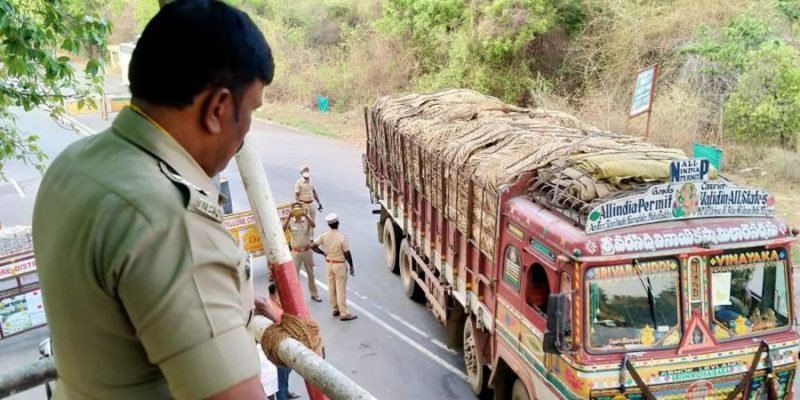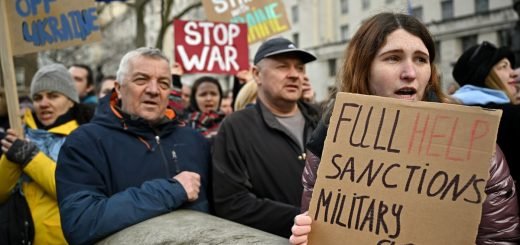COVID-19: What’s the way ahead?

As we head towards the third national lockdown, this one comes with certain relaxations. The government has broadly classified the 733 districts of India into three zones i.e. Red, Orange and Green. Green zone, where most of the relaxations are allowed with certain conditions. Followed by the orange and then comes the red where least relaxations are given. What is important here is to understand that this zonal concept is dynamic, the government will weekly analyse the situation in each district and can switch districts from one zone to another as and when required.
How this policy works out majorly depends on how it is implemented by the local authorities and how well it is accepted and followed by the people.
In my opinion, to fight novel coronavirus, one thing which is very critical is a strict no on inter-state travels and restriction on travelling to and from a red zone to other zones. This is the only way we can protect the states that have zero or less number of cases. States bearing with a high number of cases and hotspots need to not only focus on placing restrictions but have to also focus on increasing the testing and treatment of the affected. These states need to tap on the internal and external healthcare resources.
Talking on the economic front of the pandemic
We have suffered a huge monetary loss. The economy is on the standstill. Now some important economic activities need to start. It is very important to plan the recovery. The priority should be to protect the jobs. We have witnessed how migrant workers have returned to their homes creating a livelihood crisis. This loss of work and earning will affect the demand in the economy for the coming months. With money what we have more importantly lost is the time. An efficient worker who hasn’t worked for a month can not work equals to the work of two months in one month. Time once lost is lost forever.

Read: Corona and Food Security: Are we there?
In this matter, the government needs to work on a stimulus package to revive the economy.
A package big enough to bring back the cash into the economy. Some analysts suggest it to be around 5 percent of the GDP which is approximately ₹10 trillion. (US$ 131 Billion approx.)
But how does a government gather the resources to fund this package in times where the revenues of the government are falling as well.
Well, the government needs to tap various sources to finance the stimulus. The priority is to stabilise the demand by getting the money back into the system. It needs a multifold approach in which the government takes less from the people and gives more to the system.
A combination of fiscal and monetary tools including monetizing of the debt will do the work. The blessing in disguise is the low crude prices, high currency reserves and rich food stocks. These reserves allow to take the bold decision and eliminates the worry of inflationary pressure in the aftermath of the stimulus package.

The pandemic and the agriculture sector
One thing which becomes very important for me to talk here is about the agriculture sector.
The Rabi crop is mature and in some parts of the country, it is still standing tall in the farms. The big chunk of the population of the country depends on the farming and allied activities for their livelihood.
Read: COVID-19 in India: Governmentality in the age of Corona
There is a big problem out there. Firstly, if these crops don’t get out of the farms they will deteriorate. Secondly, due to good rainfall last season the Rabi crop is in abundance and if this crop does not come to the market on time and gets accumulated with the farmer we’ll lose the time in which these crops would have been processed and sold domestically as well as in the international markets. Thirdly, if this happens and the crops get accumulated with the farmers the entire product will come together to the market and the market will not be able to absorb the supply pressure and will result in price fall leading to huge losses to the already stressed farmers.
Lastly, the governments are already running short of revenue and are packed with heavy stocks from the previous seasons and due to this also, a good chunk of warehousing facilities are full, I doubt the governments will be able to buy huge quantities that too at a reasonable price which leaves the farmers to market disposal.
It becomes very important for the policymakers to plan about various aspects and effects of the pandemic. The challenge is dual in nature, on one hand, we need to bear up with a contractionary economy and on the other, we have to deal with the pandemic and get the normalcy back.
Can we find the panacea? Maybe not, but with careful and critical acumen we can try to reach closer.


















